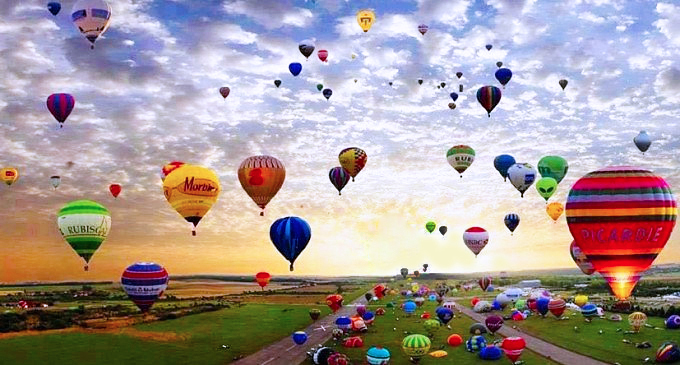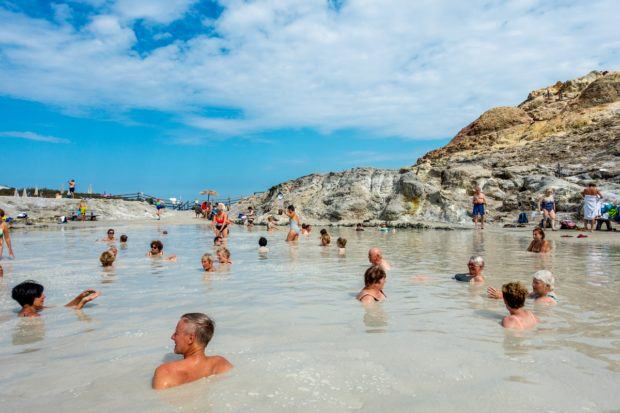Located in the region of Lombardia, Monza and Brianza is one of Italy’s newest provinces, created in 2004 by splitting off a northeast section of the metropolitan area of Milan. It is also one of Italy’s smallest provinces. At only 156 square miles, it is roughly the size of the city of Denver with a similar population density, yet there are 55 towns within the province.
The capital and largest town is Monza, with a population of almost 125,000. The other largest municipalities are Seregno, Desio, Limbiate, Lissone, Vimercate, Cesano Maderno and Brugherio. Monza and Brianza borders the provinces of Lecco and Como to the north, the province of Varese to the west, the province of Bergamo to the east and the metropolitan city of Milan to the southeast.
The town of Monza is located in the high plains of Lombardia. It lies on the River Lambro, a tributary of the River Po. The river enters Monza from the north, between Via Aliprandi and Via Zanzi streets. This artificial fork of the river known as Lambretto, was created for defensive purposes in the early 14th century. The river leaves Monza through the now demolished ancient circle of medieval walls.
The third largest city in the region, Monza is only nine miles from Milan. It is an important economic, industrial and administrative center. The city has a thriving textile industry and publishing trade, but is most famous for the Autodromo Nazionale Monza racing circuit, home to the Italian Grand Prix.
The area has been inhabited at least since the Bronze Age, when people lived in settlements and built their dwellings on pilings, raised above the marshy land. Monza was known as Modicia by the Romans, who conquered the area during the third century BC. The ruins of a Roman bridge named Ponte d’Arena can be seen near the present Ponte dei Leoni (Lions Bridge).
Following the fall of the Roman Empire, Monza began to have close associations with the royal families of the Holy Roman Empire. It began in 595 AD when Theodelinda, the wife of Lombard King Agilulf, chose Monza as her summer residence and had a palace built, as well as the Cathedral of San Giovanni Battista. In the frescoed Chapel of Theodelinda is the Iron Crown of Lombardy, which is believed to have been fashioned from one of the nails used at the Crucifixion. The cathedral was enlarged in the late 13th century and a black and-white marble façade was erected a century later. The bell tower was added in 1606.
Holy Roman Emperor Berengar I (850–924) had his headquarters in Monza. This was near the end of the Carolingian dynasty. He succeeded Louis the Blind, who had succeeded Charles the Fat. It was not the most illustrious time for these rulers of Italy. By all accounts, Berengar was a terrible military leader (he did not win a battle in forty years of campaigning), but was a remarkably generous man, especially to the Church. His legacy included donations to more than three dozen churches, but most especially to the Monza Cathedral. Its famous cross was a gift from Berengar.
By the 12th century, the population of Monza was about 7,000 inhabitants. It had been a walled city for over two centuries by this point. Agriculture was the main occupation, although crafts had begun to grow in importance, especially the production of clothing. Outside the city walls, wool processing developed on farms that were to grow immensely over time.
The next three centuries were punctuated by a bitter rivalry between Monza and Milan. In 1322, the Milanese demolished Monza’s city walls, but within three years new fortifications were constructed, including the bifurcation of the River Lambro and the construction of the Castle of Monza. The city walls were rebuilt during a construction period lasting a half century.
At the end of the War of the Spanish Succession (1713), the Duchy of Milan was assigned to the House of Habsburg. This historical period saw a rebirth of the area, with a considerable development of agriculture and crafts. In the latter part of the century, Empress Maria Theresa built the Royal Villa of Monza along the banks of the Lambro. The Villa Reale was built in the neoclassical style by Piermarini and possesses a sumptuous interior with a court theater, a hemispheric room, a chapel and the Hall of Honor. The Civic Painting Gallery is located in its northern wing.
A little beyond the Villa Reale is the entrance to the splendid Royal Park, the largest enclosed park in all of Europe. It is traversed by the River Lambro and by numerous lanes dotted with stables, windmills, farmhouses, tempietti (small temples), a golf course, a polo field and the Autodromo di Monza – the largest car racing circuit in Italy. Built in 1922, it was the world’s third purposely-built motor racing circuit after those of Brooklands and Indianapolis and with only one exception (1980), hosted Formula One’s Italian Grand Prix every year. During race weekend, the population of Monza doubles as fans, known as the tifosi, fill the Royal Park in support of the world’s most famous and popular team – Scuderia Ferrari.
When Napoleon conquered Italy, much of the gold and silver treasures of the Monza Cathedral were delivered to the mint of Milan, which turned them into coins used for military expenses. Bonaparte also took possession of the treasures of the Basilica, while the historic Chapter Library books of Monza were transferred to the National Library in Paris. They were thankfully recovered in 1816.
In 1900, Monza was the scene of the assassination of King Umberto I by anarchist Gaetano Bresci. To commemorate the spot of the crime, his successor, Victor Emmanuel III, ordered the construction of an Expiatory Chapel on Via Matteo da Campione. In the course of its history, Monza stood through 32 sieges, but the Porta d’Agrate is the only vestige of its walls and fortifications.
Brianza lies at the center of Lombardy’s Lakes district, the most important of which is the heart-shaped Lake Annone, with the Isella Peninsula dividing it in two. Brianza is a territory that hosts both agriculture and industry. It was once home to Parini and Stendhal, who were inspired to write of its beautiful landscapes. Lying at the border between Como and Milan, Brianza has historically been a vacation destination, thanks to its lush green countryside, its religious sanctuaries and noble residences.
The town of Oreno is famous for its courtyards and farmhouses that alternate with luxurious villas such as Villa Gallarati Scotti, located in the town’s historic center and Villa Borromeo, which houses a series of frescoes from the 15th century.
The Province of Monza and Brianza is not simply an engaging and historic place to visit, it was recently voted as the sixth best place to live in all of Italy.





